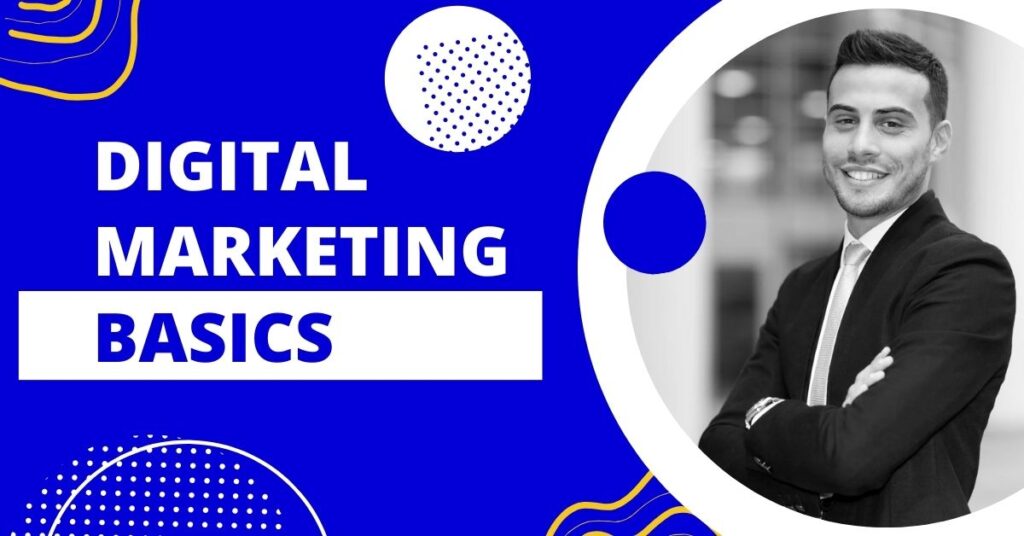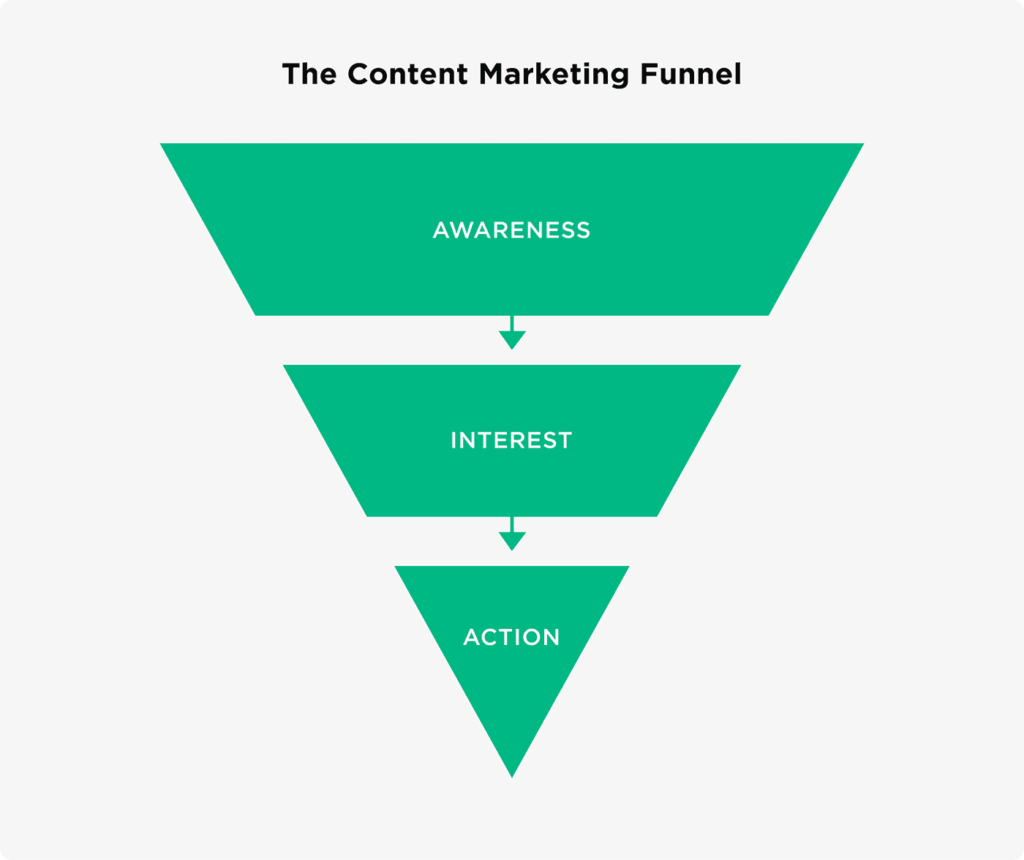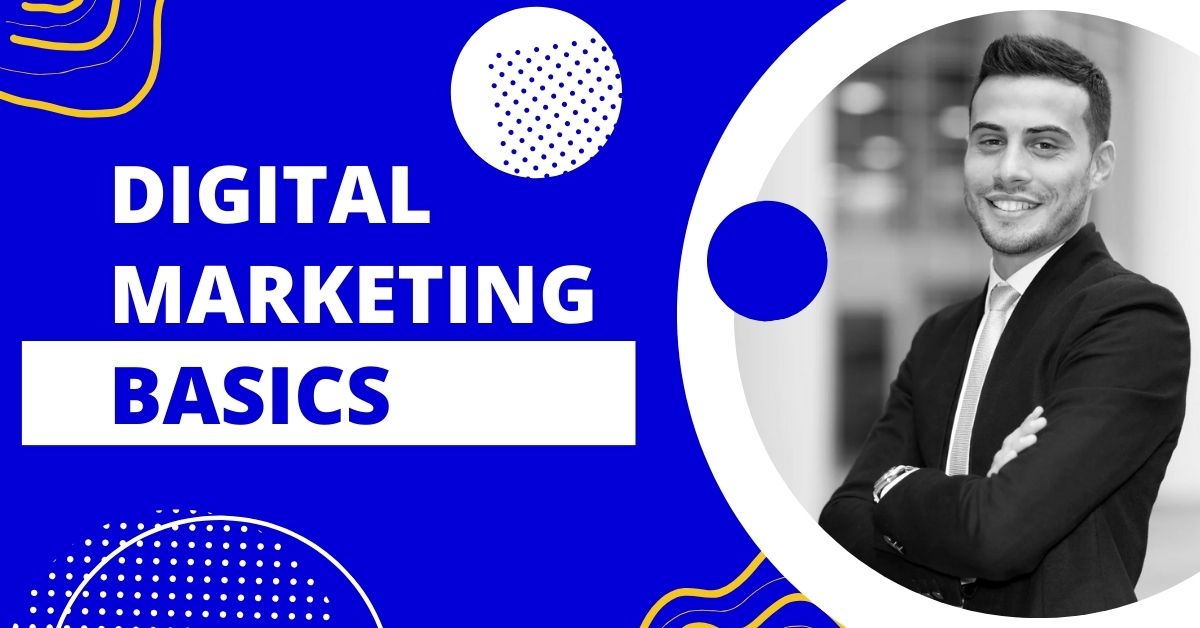Digital marketing encompasses all marketing efforts that use an electronic device or the internet. Businesses leverage digital channels such as search engines, social media, email, and other websites to connect with current and prospective customers. This article aims to provide a comprehensive overview of the fundamental aspects of digital marketing.

Why Digital Marketing?
Digital marketing is essential in today’s business landscape for several reasons:
- Wider Reach: Unlike traditional marketing, digital marketing allows businesses to reach a global audience.
- Cost-Effective: It often costs less than traditional marketing methods.
- Measurable Results: Digital marketing provides detailed analytics that helps businesses track the effectiveness of their campaigns.
- Targeted Advertising: Businesses can target specific demographics and interests, ensuring that their message reaches the right audience.
- Customer Engagement: Digital platforms allow for real-time interaction and engagement with customers.
Key Components of Digital Marketing
Digital marketing can be broken down into several key components, each playing a crucial role in a successful marketing strategy.

1. Search Engine Optimization (SEO)
SEO involves optimizing a website to rank higher in search engine results pages (SERPs) to increase organic (non-paid) traffic. Key aspects of SEO include:
- Keyword Research: Identifying the terms and phrases that potential customers use to search for products or services.
- On-Page SEO: Optimizing individual web pages to rank higher and earn more relevant traffic. This includes meta tags, headings, content quality, and URL structure.
- Off-Page SEO: Activities outside the website that influence rankings, such as backlinks, social signals, and guest blogging.
- Technical SEO: Ensuring the website meets the technical requirements of search engines for crawling and indexing. This includes site speed, mobile-friendliness, and secure connections (HTTPS).

2. Content Marketing
Content marketing focuses on creating and distributing valuable, relevant, and consistent content to attract and retain a clearly defined audience. Types of content include:
- Blog Posts: Regularly updated articles on a website that provide information or insights relevant to the audience.
- E-books and Whitepapers: In-depth, downloadable content pieces that provide detailed information on a specific topic.
- Infographics: Visual representations of information, data, or knowledge intended to present complex information quickly and clearly.
- Videos: Engaging and informative videos that can be shared on social platforms and websites.
- Podcasts: Audio content that can be consumed on the go.

3. Social Media Marketing
Social media marketing involves using social platforms to promote a product or service. Key platforms include:
- Facebook: Great for targeted advertising and community building.
- Instagram: Visual platform ideal for lifestyle and product-oriented businesses.
- Twitter: Excellent for real-time engagement and customer service.
- LinkedIn: Best for B2B marketing and professional networking.
- Pinterest: Useful for visually appealing content and driving traffic through pins.

4. Pay-Per-Click (PPC) Advertising
PPC is a model of Internet marketing where advertisers pay a fee each time one of their ads is clicked. The most common form of PPC is Google Ads. Key elements include:
- Ad Auction: The process that determines the placement and cost of ads.
- Keywords: Terms and phrases that trigger the display of ads.
- Ad Copy: The text in the ad that entices users to click.
- Landing Pages: Web pages where users land after clicking on an ad, optimized for conversions.
5. Email Marketing
Email marketing involves sending targeted messages to a list of subscribers. It’s used for:
- Newsletters: Regular updates sent to subscribers.
- Promotional Emails: Announcements of sales, discounts, or special offers.
- Transactional Emails: Emails sent in response to an action taken by the customer, such as purchase confirmations.
- Drip Campaigns: Automated series of emails sent over a set period.
6. Affiliate Marketing
Affiliate marketing is a performance-based marketing strategy where a business rewards affiliates for driving traffic or sales to their website. Key components include:
- Affiliates: Partners who promote the business’s products or services.
- Commissions: Payments made to affiliates for conversions.
- Tracking: Methods to track clicks, sales, and leads generated by affiliates.

Setting Up a Digital Marketing Strategy
Creating a digital marketing strategy involves several steps:
1. Define Your Goals
Clearly define what you want to achieve with your digital marketing efforts. Common goals include increasing website traffic, generating leads, boosting sales, and improving brand awareness.
2. Identify Your Target Audience
Understand who your ideal customers are, including their demographics, interests, and online behavior. Create buyer personas to represent different segments of your audience.
3. Conduct a Competitive Analysis
Analyze your competitors to identify their strengths and weaknesses. Look at their website, social media presence, content strategy, and SEO efforts.
4. Choose the Right Digital Marketing Channels
Select the digital marketing channels that align with your goals and where your target audience spends their time. This could include SEO, social media, email marketing, PPC, and more.
5. Create High-Quality Content
Develop a content strategy that provides value to your audience. Focus on creating content that educates, entertains, or solves a problem for your audience.
6. Implement and Optimize Your Campaigns
Launch your digital marketing campaigns and continuously monitor their performance. Use analytics tools to track key metrics and optimize your campaigns for better results.
Measuring Digital Marketing Success
To ensure your digital marketing efforts are effective, you need to measure and analyze the performance of your campaigns. Key metrics to track include:
1. Website Traffic
Monitor the number of visitors to your website and where they are coming from. Use tools like Google Analytics to track traffic sources, user behavior, and more.
2. Conversion Rates
Track the percentage of visitors who take a desired action, such as making a purchase, filling out a form, or signing up for a newsletter.
3. Return on Investment (ROI)
Calculate the ROI of your digital marketing campaigns by comparing the cost of the campaigns to the revenue generated. This helps determine the effectiveness and profitability of your efforts.
4. Engagement Metrics
Measure how users interact with your content on social media, including likes, shares, comments, and click-through rates.
5. SEO Performance
Monitor your search engine rankings, organic traffic, and the effectiveness of your SEO efforts. Tools like Google Search Console can provide valuable insights.
The Future of Digital Marketing
Digital marketing is constantly evolving, and staying ahead of the trends is crucial for success. Some emerging trends include:
1. Artificial Intelligence (AI) and Machine Learning
AI and machine learning are transforming digital marketing by enabling more personalized and efficient campaigns. AI can analyze vast amounts of data to predict customer behavior, automate tasks, and improve targeting.
2. Voice Search Optimization
With the rise of smart speakers and voice assistants, optimizing for voice search is becoming increasingly important. This involves using natural language keywords and creating content that answers common voice search queries.
3. Video Marketing
Video continues to dominate digital marketing. Businesses are using video for everything from product demonstrations to live-streaming events. Platforms like YouTube, Instagram, and TikTok are essential for video marketing.
4. Influencer Marketing
Collaborating with influencers who have a strong online presence can help businesses reach new audiences and build credibility. Micro-influencers, in particular, are becoming popular for their engaged and loyal followers.
5. Privacy and Data Security
As data privacy concerns grow, businesses must prioritize data security and comply with regulations like GDPR and CCPA. Transparent data practices and securing customer information are crucial for maintaining trust.
Conclusion
Digital marketing is a dynamic and essential component of modern business strategy. By understanding the basics of digital marketing, you can create effective campaigns that reach your target audience, drive engagement, and achieve your business goals. Stay updated with the latest trends and continuously optimize your efforts to stay ahead in the competitive digital landscape.




A nice , thanks .